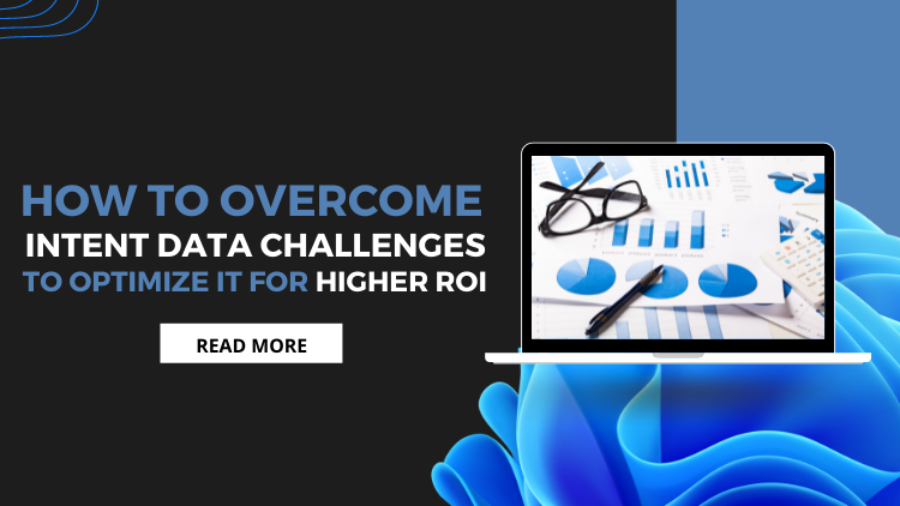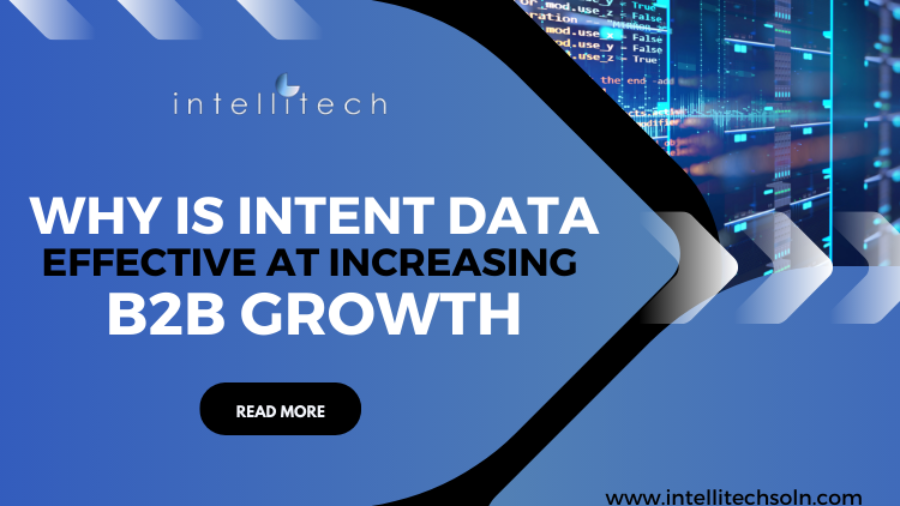Everybody’s talking about intent data and how it’s extremely critical in increasing ROI. However, marketers need to focus on strengthening intent data strategy to fully optimize it. In order to achieve the objectives of intent data, it’s important to recognize the top challenges of intent data and devise a plan to overcome those challenges.
Did you know that one of the topmost challenges of intent data faced by marketers is to create a solid strategy in order to fully optimize the power of intent data? Following this top challenge, marketers often face other challenges such as measuring the impact of intent data, converting data into insights efficiently, verifying the validity of intent signals, and acting on those intent insights efficiently to make proper use of intent data.
In order to avoid wasting costs on resources and missed opportunities, marketers must address the above challenges and focus on resolving them at the very beginning of deploying intent data.
Let us discuss some of the best ways to tackle the above challenges in order to optimize intent data for increased ROI.
Focus on strategy-
Strategy can enable any solution or tool to work fully or to be able to achieve the objectives set at the very beginning of deploying that solution or tool. Same goes for intent data!
One of the best ways to begin building a robust strategy for intent data is to focus on prioritizing accounts. One can also focus on other important and supporting channels that allow you the time to focus on specific accounts that are taking interest in your services or products. Such strategic decisions can help convert potential leads into sales easily.
Once you start getting the desired results, don’t forget to analyze and measure them. A part of your strategy should also be to make sure all the teams involved in the use of intent data are on the same page. For example, marketing and sales teams must be on the same page right from the stage of discussions on how to optimize intent data. Any other function in the organization that might be directly or indirectly involved in intent data should ideally be a part of any intent data related decisions in the organization.
Analyzing results-
It’s not only about how to use intent data for getting the desired results, it’s also important to monitor the results and analyze the metrics that can tell a lot about the strategy. To measure the results effectively you need to look at the key performance indicators and analyze the final results in comparison to the set metrics. This analysis can help you build a stronger strategy each time.
Comparison of metrics pre-intent and post intent can show you the progress, performance and can give you a birds-eye view of how to program intent data differently each time. It can reveal some finer nuances of the strategy in the form of results and help you understand what is working and what is not and where it is that you need to strengthen your strategy for all your future intent data-based programs.
Evaluate multiple channels-
For assessing all sources of intent signals, one must consider multiple channels for validating signals and evaluating the value of those signals. Taking a more comprehensive approach while analyzing intent signals can bring more accurate results. While you do this analysis it can also provide information about some weak signals that bring no value to your business and you can further avoid spending time in that direction.
Marketers must also include the following elements when considering intent data for enhancing sales-
- Investing in understanding buyer’s journey
- Aligning intent strategy objectives with business goals
- Establishing base performance metrics and elements that are critical in analysis of results
Conclusion-
Intent data is very useful if you want to enhance ROI. However, the intent data science is still evolving. Marketers need to note the challenges of intent data and the possible hurdles that might prevent them from optimizing intent data for best business outcomes.




